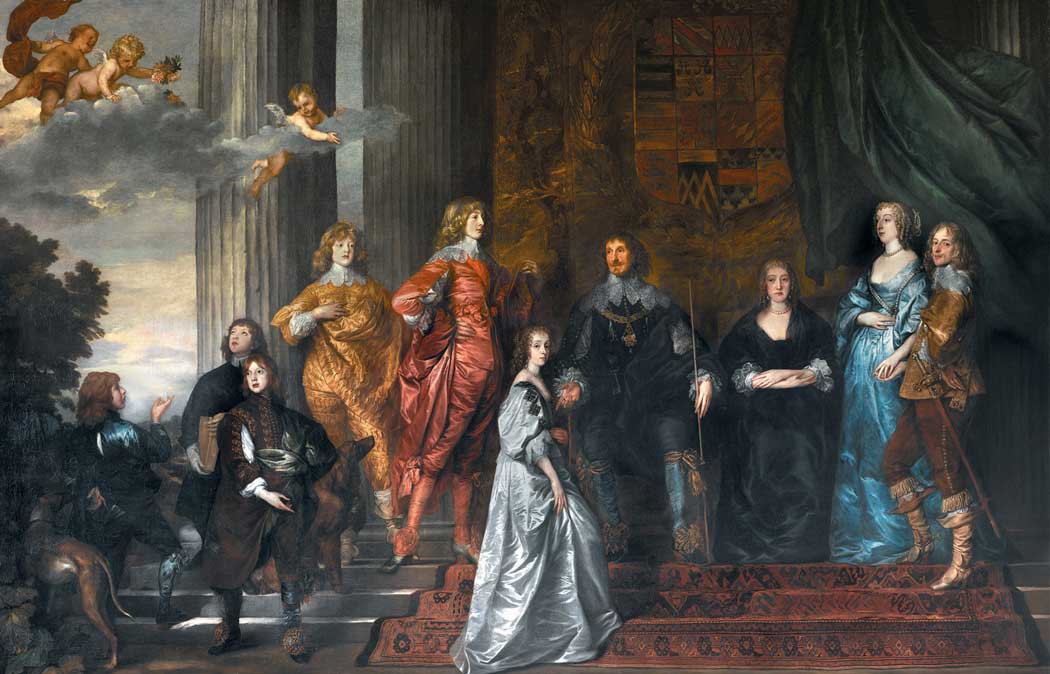Wilton House is a stately home near Salisbury that has been the seat of the Earls of Pembroke for over 450 years.
A priory was founded on the site around 871 by King Egbert and in 1544, during the Dissolution of the Monasteries, Henry VIII granted the buildings and land to Sir William Herbert and the estate has remained with the same family ever since.
It has been claimed that Hans Holbein the Younger played a part in redesigning the house, however, the architect who played the greatest role is Inigo Jones, who is also credited with designing Covent Garden Square, the Banqueting House in Whitehall and the Queen’s House in Greenwich.
The house and gardens have been open to the public since 1951, however, it is still used as a private home with the current earl, William Herbert, 18th Earl of Pembroke, living in one-third of the house. The 5,870ha (14,505 acre) estate also includes 14 farms, 200 residential properties, Salisbury Racecourse and a golf course.
Wilton House has been used as a film and television location appearing in The Bounty (1984), Blackadder II (1986), The Madness of King George (1994), Sense and Sensibility (1995), Pride and Prejudice (2005), The Young Victoria (2009), Johnny English Reborn (2011), Tomb Raider (2018) and The Crown (2016–2019).
![The south front of Wilton House. (Photo: John Goodall [CC BY-SA 2.0])](https://englandrover.com/wp-content/uploads/2019/11/wilton-house.jpg)
What to see at Wilton House
Although it may not look that impressive from the outside, Wilton House has a splendid interior that features an outstanding collection of art.
The impressive high ceilings are evident throughout the house, particularly in the cube rooms. Some of the more impressive rooms include the two Cube Rooms, the Great Anteroom and the Colonnade Room.
The Single Cube Room is designed as a 9m (30 ft) cube and it features a marble chimney design by Inigo Jone as well as paintings by Cavalier D’Arpino, Lely and Van Dyck. This is the only room have survived a fire in 1647 and therefore is the best example of Inigo Jones interior style.
The Double Cube Room is the main room in the house. It is twice as long as the Single Cube Room at 18m (60 ft) long, 9m (30 ft) wide and 9m (30 ft) high and it features golf leaf fruit, red velvet furniture and Chippendale mirrors.
The Great Anteroom features a portrait of the 1st Earl of Pembroke’s mother, painted by Rembrandt.
The Colonnade Room is a former state bedroom that features 18th-century furnishings by William Kent.
Other rooms in the house include the Corner Room with a ceiling painted by Luca Giordano and smaller paintings on the walls by Van Dyck and Teniers. The Little Ante Room features a white marble fireplace by Inigo Jones, a ceiling by Lorenzo Sabbatini and more paintings by Van Dyck and Teniers.

During the early 19th century, James Wyatt was hired to modernise the house with a restoration project that took 11 years to complete. This involved additions in the Gothic style as well as a double-storey set of cloisters lining all four sides of the inner courtyard.
The cloisters include an eclectic collection of curios including Napoleon I’s dispatch box, a lock of Queen Elizabeth I’s hair and a Russian sleigh that once belonged to Catherine Woronzow (the sister of the Russian 1st Prince Vorontsov and wife of the 11th Earl).
![James Wyatt’s renovations in the early 19th century created Gothic-style cloisters surrounding the inner courtyard. (Photo: David Spender [CC BY-SA 2.0])](https://englandrover.com/wp-content/uploads/2019/11/cloisters-wilton-house.jpg)
![The Palladian bridge at Wilton House. (Photo: Herry Hawford [CC BY-SA 2.0])](https://englandrover.com/wp-content/uploads/2019/11/palladian-bridge.jpg)
Visiting Wilton House
Wilton House is in Wilton, which is only 5km (3¼ miles) east of Salisbury and, although it is now essentially a suburb of Salisbury, it maintains its own unique character. In fact, Wiltshire takes its name from Wilton, which was once Wiltshire’s county town.
Wilton House is open annually from May to September. Entry is by guided tour only from Monday to Thursday with tours running every 30 minutes and on Sundays entry is on a free-flow basis where you can explore the house at your leisure. Wilton House is closed on Fridays and Saturdays.
Photography is not allowed inside the house, although it is allowed in the gardens.
The public areas of the property are fully wheelchair accessible but there are some gravel paths that some wheelchair users may find difficult.
Although historic homes are hardly the ideal place to bring children, there is an adventure playground on the site that is popular with children. The playground includes an area reserved for children aged under five.
The on-site cafe is a lovely spot for afternoon tea and buffet lunches are also available. There is also a pub, the Pembroke Arms, just across the road from the entrance to the property.
There is quite a bit to see at Wilton House and most visitors spend anywhere from 90 minutes to three hours at the house.
While you’re in Wilton, it is worth taking the time to visit the nearby Church of St Mary and St Nicholas, which is built in an Italianate design, which is unusual for an English church.
We may earn a small commission if you book after clicking the links below.


There are no comments yet.